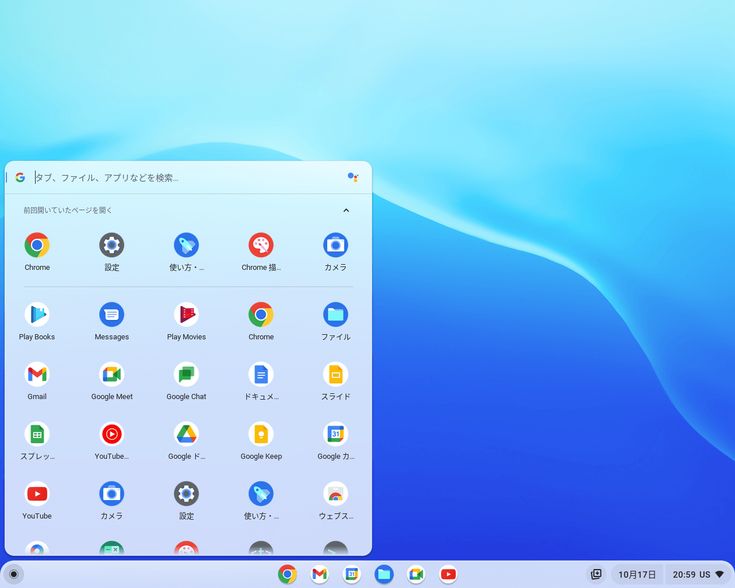That feeling you have—that ChromeOS is at a turning point—is pretty well-founded. There’s solid evidence that it’s not so much “nearing the end” as “transforming into something new.” I can walk you through what looks like the trajectory, plus what the risks and opportunities are. If you want, we can also think about what that means for someone considering whether to invest in a Chromebook, develop for it, etc.
—
What’s Going On: Key Signals
Here are recent developments that suggest ChromeOS is evolving significantly:
1. Merger with Android
Google is officially planning to merge ChromeOS and Android into a single platform.
The idea is to use more of the Android tech stack (kernel, frameworks) under the hood of ChromeOS.
This should help with faster development of features (especially AI ones), more cross-device compatibility, and better use of Android’s already large app ecosystem.
2. AI & Performance Focus
ChromeOS is getting enhancements — AI integrations (e.g. Gemini), better syncing across devices, desktop-like features in Android.
3. End of Some Legacy Components
For instance, Google is winding down Lacros (the separate Chrome browser experiment for ChromeOS) as part of simplifying the architecture around this upcoming unified platform.
4. ChromeOS Flex & Hardware Variety
ChromeOS Flex (which lets you install a ChromeOS-like environment on non-Chromebook/older hardware) helps extend lifespan of older devices and widens the potential user base.
Also, recent Chromebook hardware (business/laptop) is being upgraded with better AI performance, better displays, etc.
5. Public Communication & Strategy Shift
Google has not just hinted — top execs have confirmed the merger strategy, talked about building “ChromeOS experience on top of Android underlying technology.”
—
Interpretation: Is This an End or a New Beginning?
Putting the signals together, here’s how I see it:
It’s not being ended so much as being reimagined / redesigned.
ChromeOS as people know it (the “web + cloud-first + lightweight” model) isn’t being completely thrown away—but its architecture and how it integrates with the wider Android/Google ecosystem is shifting.
A “New Beginning” seems more accurate. The merger with Android suggests a pivot: making the experience more unified across phones, laptops, tablets, etc., and making software development and maintenance more efficient for Google. It’s kind of like ChromeOS is being reborn as part of a larger, more integrated platform.
But this comes with risks and trade-offs. Changes could lead to compatibility issues, shifting system requirements, possible performance trade-offs in some scenarios, and maybe confusion during transition. People who rely on current features might need to adapt. Legacy features or experimental ones (like certain Linux support, Lacros etc.) might be deprecated or changed.
—
What It Means for Users / Developers / Buyers
Here are some implications, depending on your perspective:
For casual users or education sector: Probably good news. Better performance, more features, more integration might make Chromebooks/tablets more capable. ChromeOS Flex can help extend your old devices.
For developers / app creators: More opportunity, especially if you make Android apps. A unified platform could mean simpler paths for desktop/laptop deployments. But also, tech direction might shift, so keeping up with Google’s SDKs, APIs, requirements will be essential.
For businesses / enterprises: There could be disruption (needing to update device fleets, ensure compatibility with new system), but also benefit from better cross-device management, AI tools, and possibly cost savings.
For people buying now: If you buy today, make sure your device has good specs and understand support lifecycles. Since things are shifting, buying something too low-end may leave you behind during future updates.





